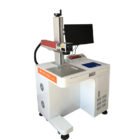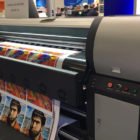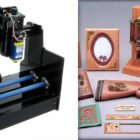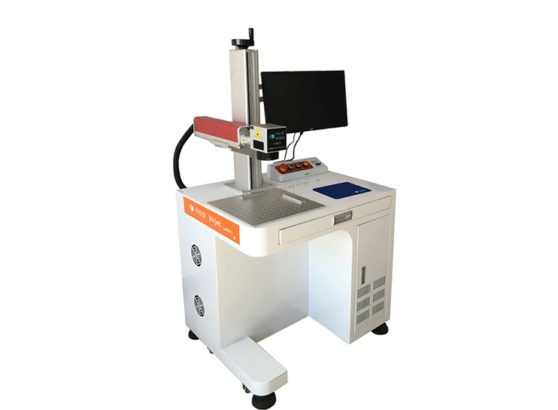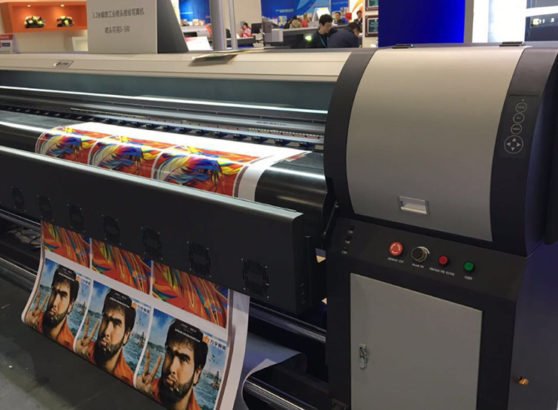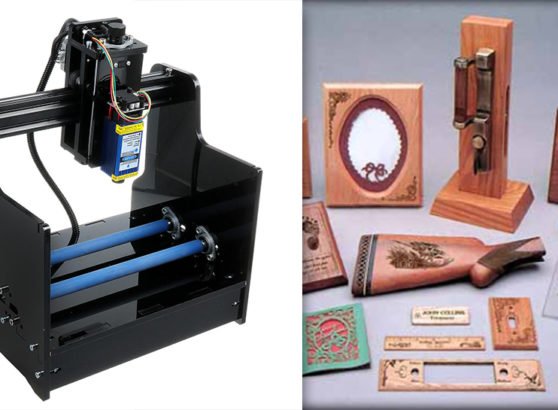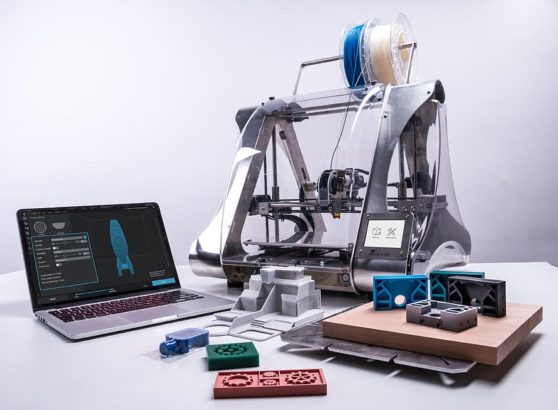Clothes are an inherent part of our lives which increases the importance of the clothing industry in our lives. Fabric printing is an important aspect of this industry which deals with the intrinsic detailing of clothes. It is in this detailing and designing that lies the formula for manufacturers to attract customers and win them over.
Also known as textile printing, this method of print bonds the colour with the fibre of the cloth, integrating it in the very fabric to ensure proper design printing which can withstand extreme washing and chafing.
With a constant increase in demand, there has been a continued expansion in the clothing industry which has led to the emergence of fabric printing automation. The automation machinery has made it possible for manufacturers to meet the increased demand for clothes and have a long list of satisfied clientele.
Fabric printing employs the use of various methods like screen printing, 3D printing, screen printing and water-based printing amongst many others.
Methods Of Fabric Printing
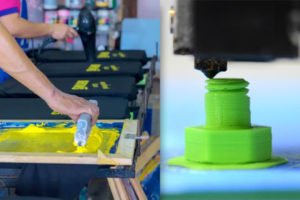
There are various types of fabric printing methods that are used by manufacturers to meet the constantly evolving barriers of fashion as well as the ever-changing expectations of customers. Automation machinery helps vendors to manufacture clothes with detailed and precise printing done on them.
Some of these printing methods are:
- Screen printing: This method of printing is also known as silk-screen printing and is probably the most ancient method of transferring designs on a piece of fabric in a clean and concise manner. In this technique, a mesh-like screen is used to print a design on a cloth. These screens are good for only a singular colour and hence, several of them are made to realise the desired effect. These screens are placed on the fabric one by one and the rest of the cloth is covered to avoid being printed unnecessarily. This method is repeated several times until the actual pattern is achieved.
This method is extremely cost-effective, making screen printing automation a personal favourite of manufacturers. It is very inexpensive, especially in large-scale production where the only real expense is on inks. Having automated machinery further helps you save time and work in an efficient manner. Some of the best screen printing machines available in the market are:
- Motorized Single Colour Screen Printings BTS-F
- Motorized Single Colour Screen Printing BTS-R
- Yuda Personal Screen Printer
2. 3D Printing: As the name suggests, 3D printing allows for specific and selective designing of clothes. This technique allows for accelerated production of garments which is further boosted by the 3D printing automation.
This printing method is capable of manufacturing tailor-fit clothes in an efficient and precise manner. A good 3D printer is extremely flexible and has the ability to completely reinvent the apparel market.
3D simulation helps manufacturers cut down on costs significantly and create products that are cost-effective and in step with the current fashion. 3D printing automation makes it possible to make clothes faster and with more detailing and precision than other printing methods which is the reason why most manufacturers are now employing it in their production.
3. Water-based printing: In this printing technique, the ink is based out of the water which seeps deep into the fabric and makes itself the very part of the cloth. Different from plastisol, these inks are environment-friendly as they do not contain plastic. Since these inks get absorbed in the fabric, there is no colour left on top of the garment. This is a very economical and easily achievable method of fabric printing.
Because of its extreme use in the production of clothes, water-based printing automation is on the rise in the apparel industry. It is very cost-effective and also helps manufacturers produce prints that customers like and purchase.
The Best Fabric Printing Automation Machinery
Different fabrics have different requirements when it comes to printing and designing. The transfer of ink depends on the fabric’s capacity to hold and retain colours and inks. There are many fabric printers that have their own lists of pros and cons when it comes to large-scale apparel production. These automated machines make for increased efficiency and varied levels of detailing on garments.
As a manufacturer, it is important that you keep yourself updated with the different fabric printers that are available in the market. Here are some of the best that the clothing industry has to offer.
- Mutoh VJ-1938TX: This fabric printer is a good choice for new manufacturers to go with as it provides excellent fabric printing when it comes to entry-level and mid-level production. Its ink choices are flexible and it is perfect if most of your work involves woven fabrics.
- Mimaki TX300P-1800B: This printer is extremely user-friendly and has a level of technical finesse that makes it possible for this machine to monitor its activity and performance. It also uses an adhesive print blanket that transports the cloth through the printer seamlessly and efficiently. This is a vital component for printing on delicate and knitted fabrics.
- Mimaki TX300P-1800: Similar to its counterpart, the 1800 Mimaki model is also very extremely user-friendly and simple enough to operate and maintain. However, unlike the 1800B, this printer does not come with an adhesive print blanket. Hence, it is difficult to print on delicate fabrics using this particular model.
The textile market has been one of the more robust industries and it has only continued to grow. Fashion is constantly evolving and so, it only makes sense for the clothing industry to change with it. The advent of technological advancements in the apparel market has made room for automation machinery and has given garment production a great boost while also making it cost-effective.
These great strides in the technology surrounding fabric printing have made it possible for manufacturers to mass-produce clothes with great precision and in less time, paving the way for a brighter future of the clothing industry.


